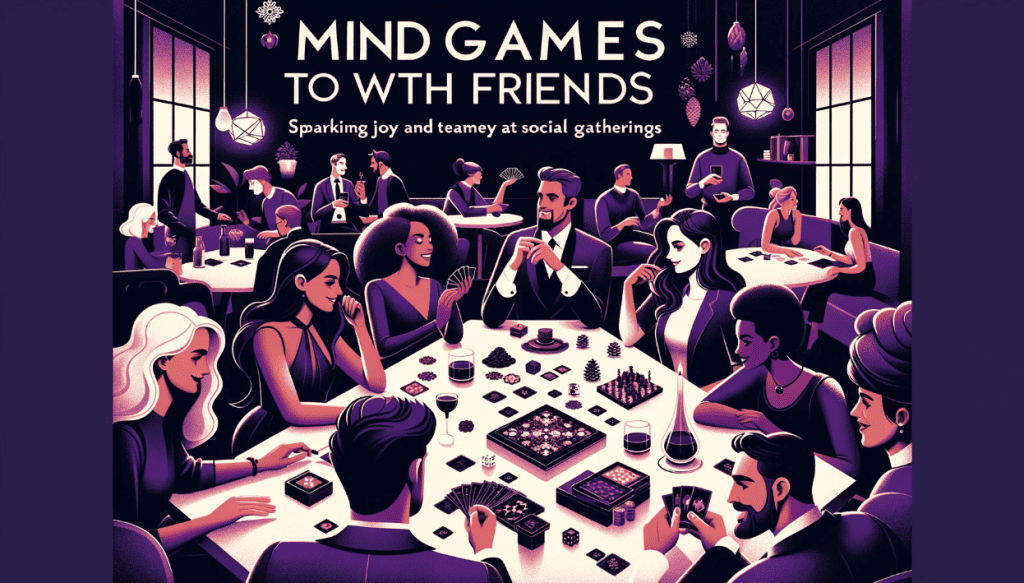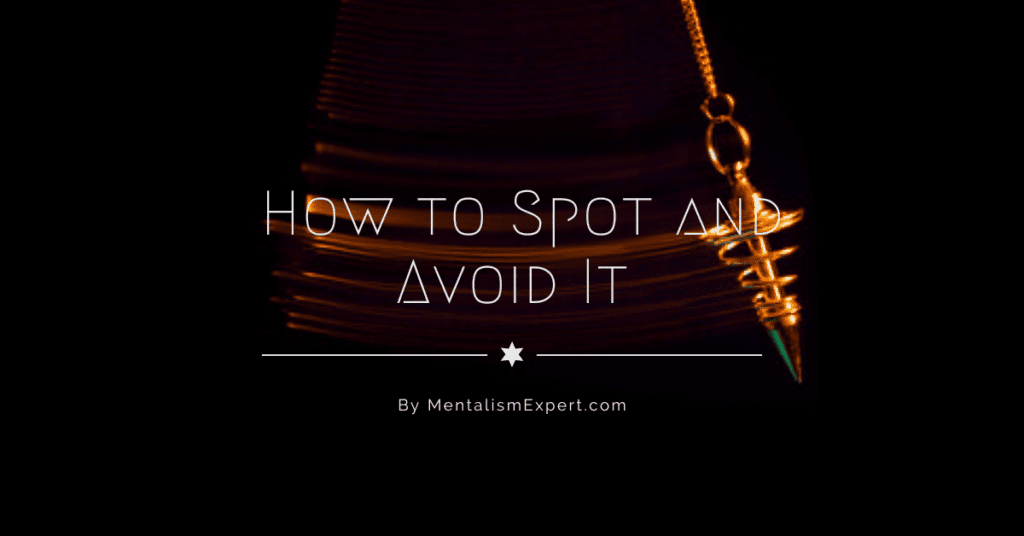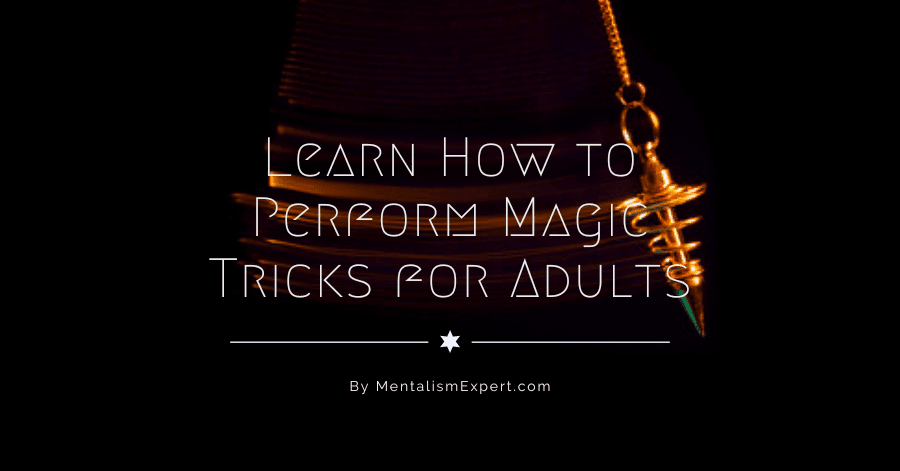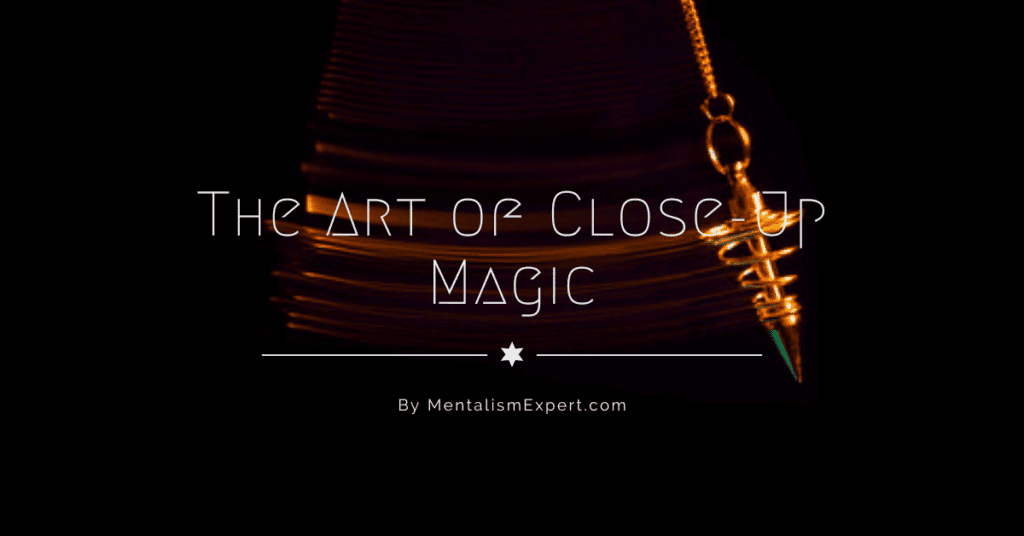How Cold Reading Works
Cold reading is a psychological technique that involves making educated guesses about a person’s thoughts, feelings, and characteristics based on their appearance, body language, and other nonverbal cues. It is often used by mentalists, fortune tellers, and other performers to give the impression that they have psychic abilities.
The key to successful cold reading is the use of vague and general statements that can apply to many people. By gradually narrowing down the possibilities through a series of questions and observations, the cold reader can give the impression that they have accurately guessed specific details about the person they are reading.
Popular Cold Reading Techniques
There are many different techniques that cold readers use to gather information and make educated guesses about their subjects. Here are some of the most popular techniques:
Fishing
Fishing involves asking open-ended questions and seeing how the subject responds. For example, a cold reader might ask, “What do you enjoy doing in your free time?” This question allows the subject to provide information about themselves, which the cold reader can use to make further guesses.
Barnum Statements
Named after circus owner P.T. Barnum, Barnum statements are general statements that could apply to many people. For example, “You have a strong sense of determination and are not afraid to take risks.” These statements are designed to be flattering and make the subject feel good about themselves.
Hot Reading
Hot reading involves researching the subject beforehand and using that information to make specific guesses about them. This can be done through online research, looking at social media profiles, or getting information from someone who knows the subject well.
Cold Reading Body Language
Many cold readers pay close attention to the body language of their subjects in order to gather information. For example, crossed arms might indicate a closed-off or defensive person, while fidgeting might indicate anxiety or discomfort. By interpreting these nonverbal cues, the cold reader can make educated guesses about the subject’s personality and emotional state.
A Step-by-Step Guide to Cold Reading
Here is a 10-step guide to cold reading:
Step 1: Observe the subject’s appearance
Take note of the subject’s clothing, jewelry, and other physical characteristics. This can give you clues about their social status, personal interests, and values.
Step 2: Pay attention to their body language
Look for nonverbal cues such as crossed arms, fidgeting, and eye contact. These can tell you a lot about the subject’s emotional state and personality.
Step 3: Ask open-ended questions
Ask questions that allow the subject to provide information about themselves. This will give you more to work with and help you narrow down your guesses.
Step 4: Use Barnum statements
Make general statements that could apply to many people. These will help you build rapport with the subject and make them feel good about themselves.
Step 5: Pay attention to their responses
Listen carefully to the subject’s responses and use them to make further guesses about their thoughts, feelings, and characteristics.
Step 6: Use hot reading techniques if necessary
If you have access to information about the subject beforehand, use it to your advantage and make specific guesses about their life and experiences.
Step 7: Gradually narrow down your guesses
As you gather more information, gradually narrow down your guesses and become more specific. This will give the impression that you are accurately reading the subject’s thoughts and feelings.
Step 8: Confirm your guesses
Ask the subject if your guesses are accurate. If they confirm, it will strengthen the impression that you are accurately reading their thoughts and feelings. If they deny, you can adjust your guesses accordingly.
Step 9: Use storytelling to your advantage
Use storytelling to engage the subject and make your guesses more memorable. For example, if you guess that the subject has a close relationship with their parents, you could tell a story about a person with a similar relationship to illustrate your point.
Step 10: End on a strong note
Finish the cold reading with a strong and memorable statement that leaves a lasting impression on the subject.
10 Tips for Cold Reading Beginners
If you’re new to cold reading, here are 10 tips to help you get started:
Tip 1: Practice your observation skills
The more you practice observing people and picking up on nonverbal cues, the better you’ll become at cold reading.
Tip 2: Start with general statements
Begin with general statements that could apply to many people, and gradually narrow down your guesses as you gather more information.
Tip 3: Use open-ended questions
Ask open-ended questions that allow the subject to provide information about themselves. This will give you more to work with and help you narrow down your guesses.
Tip 4: Pay attention to the subject’s responses
Listen carefully to the subject’s responses and use them to make further guesses about their thoughts, feelings, and characteristics.
Tip 5: Confirm your guesses
Ask the subject if your guesses are accurate. If they confirm, it will strengthen the impression that you are accurately reading their thoughts and feelings. If they deny, you can adjust your guesses accordingly.
Tip 6: Use storytelling to your advantage
Use storytelling to engage the subject and make your guesses more memorable.
Tip 7: Don’t be afraid to admit when you’re wrong
If you make a guess that the subject denies, don’t be afraid to admit that you were wrong. This will show the subject that you are honest and not trying to deceive them.
Tip 8: Use cold reading techniques in combination
Different techniques can be used in combination to give you a more complete picture of the subject. For example, you might use fishing and body language techniques to gather information, and then use hot reading techniques to confirm your guesses.
Tip 9: Keep an open mind
Don’t make assumptions about the subject based on their appearance or other stereotypes. Keep an open mind and let the subject’s responses guide your guesses.
Tip 10: Practice, practice, practice
The more you practice cold reading, the better you’ll become at it. Find opportunities to practice with friends and family, and seek feedback to help you improve.
In Conclusion
Cold reading is a powerful technique that can help you build rapport with others and make educated guesses about their thoughts, feelings, and characteristics. By practicing observation, asking open-ended questions, and using storytelling, you can become a skilled cold reader.
Key Takeaways
- Cold reading is a psychological technique that involves making educated guesses about a person’s thoughts, feelings, and characteristics based on their appearance, body language, and other nonverbal cues.
- There are many different techniques that cold readers use, including fishing, Barnum statements, hot reading, and interpreting body language.
- A step-by-step guide to cold reading includes observing the subject’s appearance, paying attention to their body language, asking open-ended questions, using Barnum statements, confirming your guesses, and using storytelling.
- Tips for cold reading beginners include practicing observation skills, starting with general statements, using open-ended questions, paying attention to the subject’s responses, confirming your guesses, using storytelling, admitting when you’re wrong, using techniques in combination, keeping an open mind, and practicing.
- In conclusion, cold reading is a powerful technique that can help you build rapport with others and make educated guesses about their thoughts, feelings, and characteristics.
FAQ
Here are five frequently asked questions about cold reading:
Is cold reading the same as psychic ability?
No, cold reading is a psychological technique that involves making educated guesses about a person based on their appearance, body language, and other nonverbal cues. It does not involve any actual psychic ability.
Can anyone learn cold reading?
Yes, cold reading is a skill that can be learned and improved upon with practice. Anyone can learn the basic techniques and become proficient at cold reading.
Is cold reading always accurate?
No, cold reading is not always accurate. It is based on educated guesses and can be affected by the subject’s responses and other factors. However, skilled cold readers can often make very accurate guesses.
Is cold reading always used for entertainment purposes?
Not necessarily. Cold reading can also be used in a variety of other contexts, such as counseling, sales, and networking.








